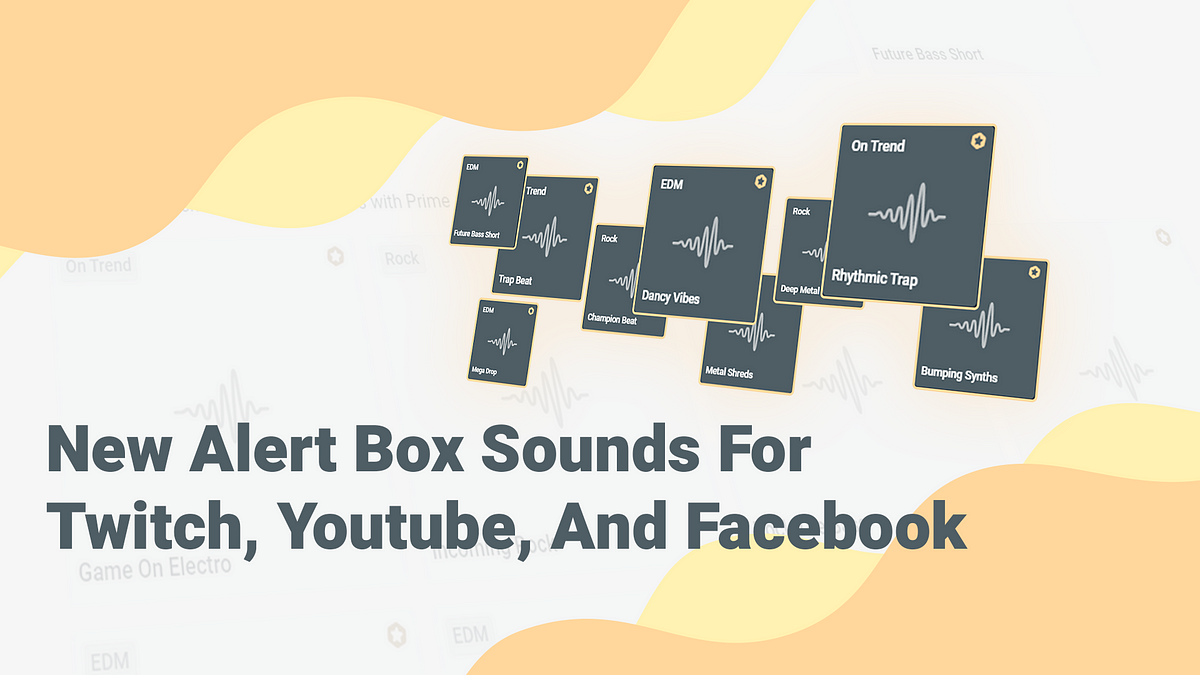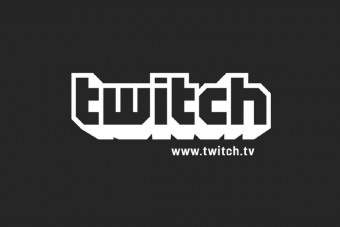
That said, a number of other USB mics have onboard headphone jacks.


I have a Blue Yeti Nano, which features a headphone jack. However, you can pipe more than just your vocal feed through that headphone jack. By default, it’s meant to allow you to monitor your voice. The key to this particular solution is the headphone jack in your USB microphone. However, if you do have something like this handy, this solution could dramatically improve your workflow! This solution may not work for everyone, as it does require specific hardware. Recently, I found a way to split my monitor audio and output audio without a mixer. Some streamers will wear two sets of headphones to monitor both at the same time, but I didn’t want to deal with all of that extra headgear. I made the choice to only hear game sound, which means I’m oftentimes slow to respond when someone follows or subscribes. Without one, it’s a bit more complicated.

This is a relatively easy task if you have an audio mixer. Ever since I started streaming years ago, I’ve struggled with an inability to hear my console game sound and streaming alerts at the same time.


 0 kommentar(er)
0 kommentar(er)
